
Rand Paul’s leadership in the Senate – on the budget, regulation, privacy, criminal justice, and foreign policy – and his likely presidential campaign are generating new attention for libertarian ideas.
“Libertarianism is hot,” headlined the Washington Post in 2013. From an almost-forgotten part of American political culture, libertarianism has grown into a respected and much-discussed political faction and a compelling set of ideas that challenge the conventional wisdom. Tens of millions of Americans are fiscally conservative, socially tolerant, and skeptical of American military intervention.
The growth of the libertarian movement is a product of two factors: the spread of libertarian ideas and sentiments, and the expansion of government during the Bush and Obama administrations, particularly the civil liberties abuses after 9/11 and the bailouts and out-of-control spending after the financial crisis. As one journalist noted in 2009, “The Obama administration brought with it ambitions of a resurgence of FDR and LBJ’s active-state liberalism. And with it, Obama has revived the enduring American challenge to the state.”
Photos: On the Road with Rand Paul
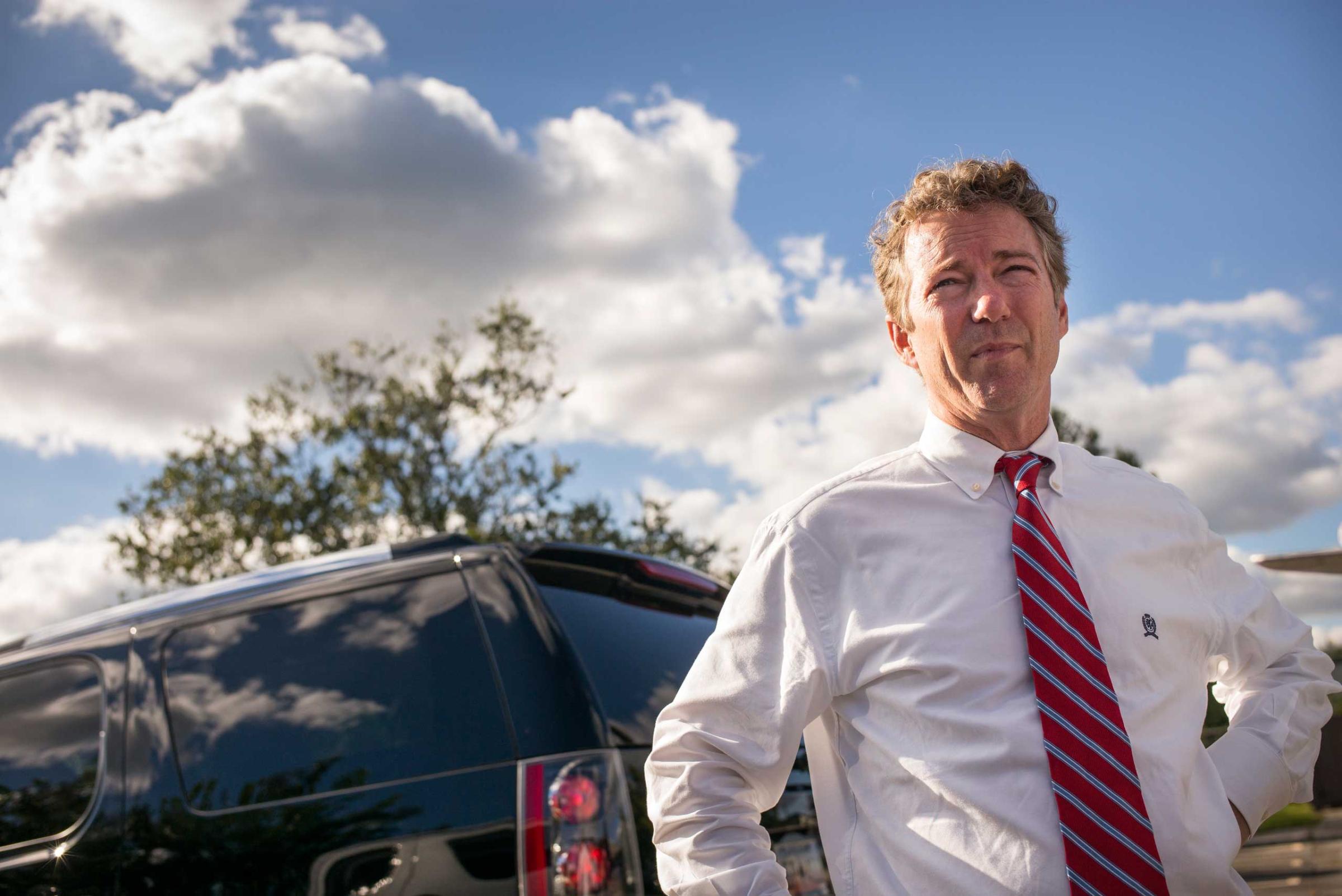
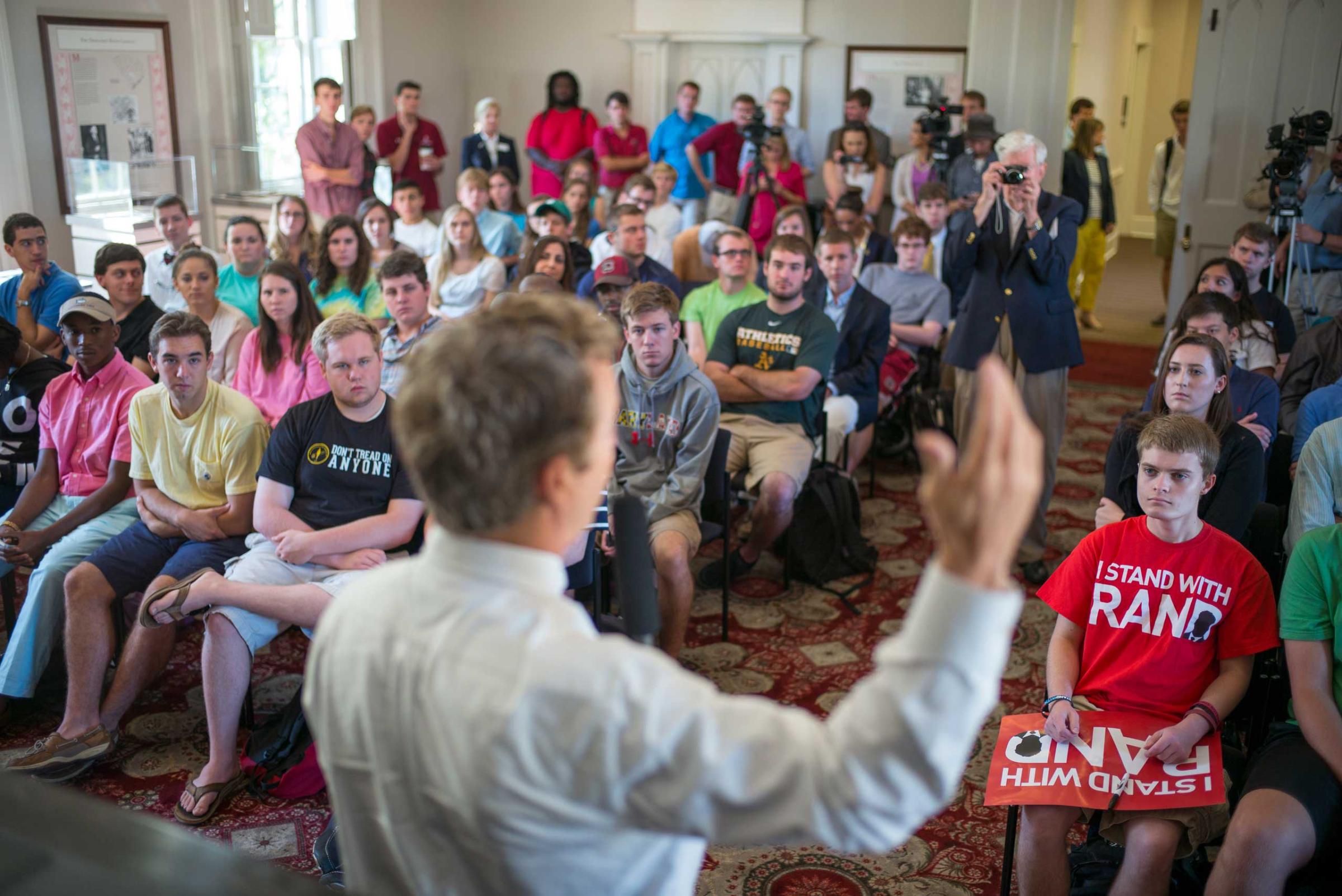

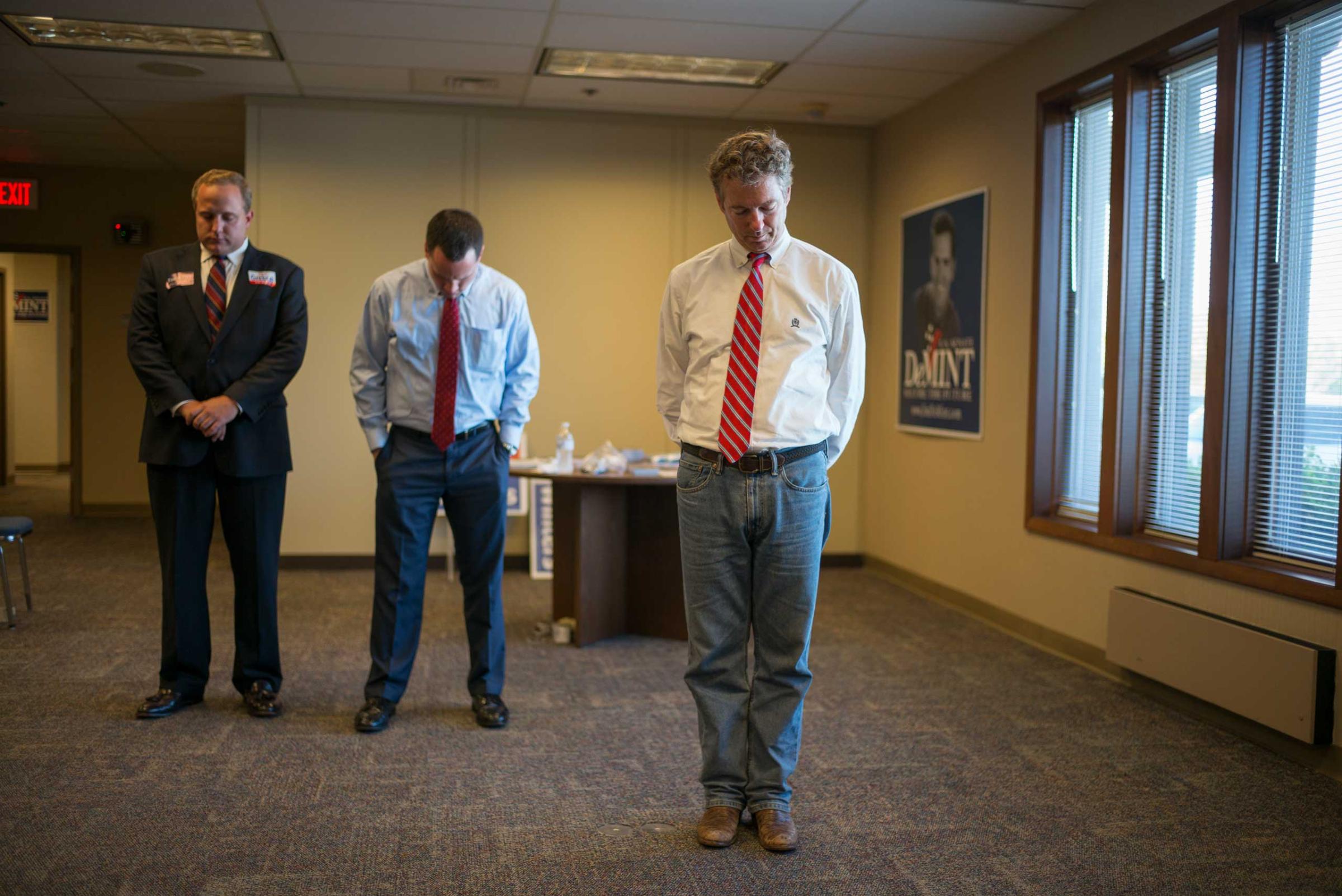
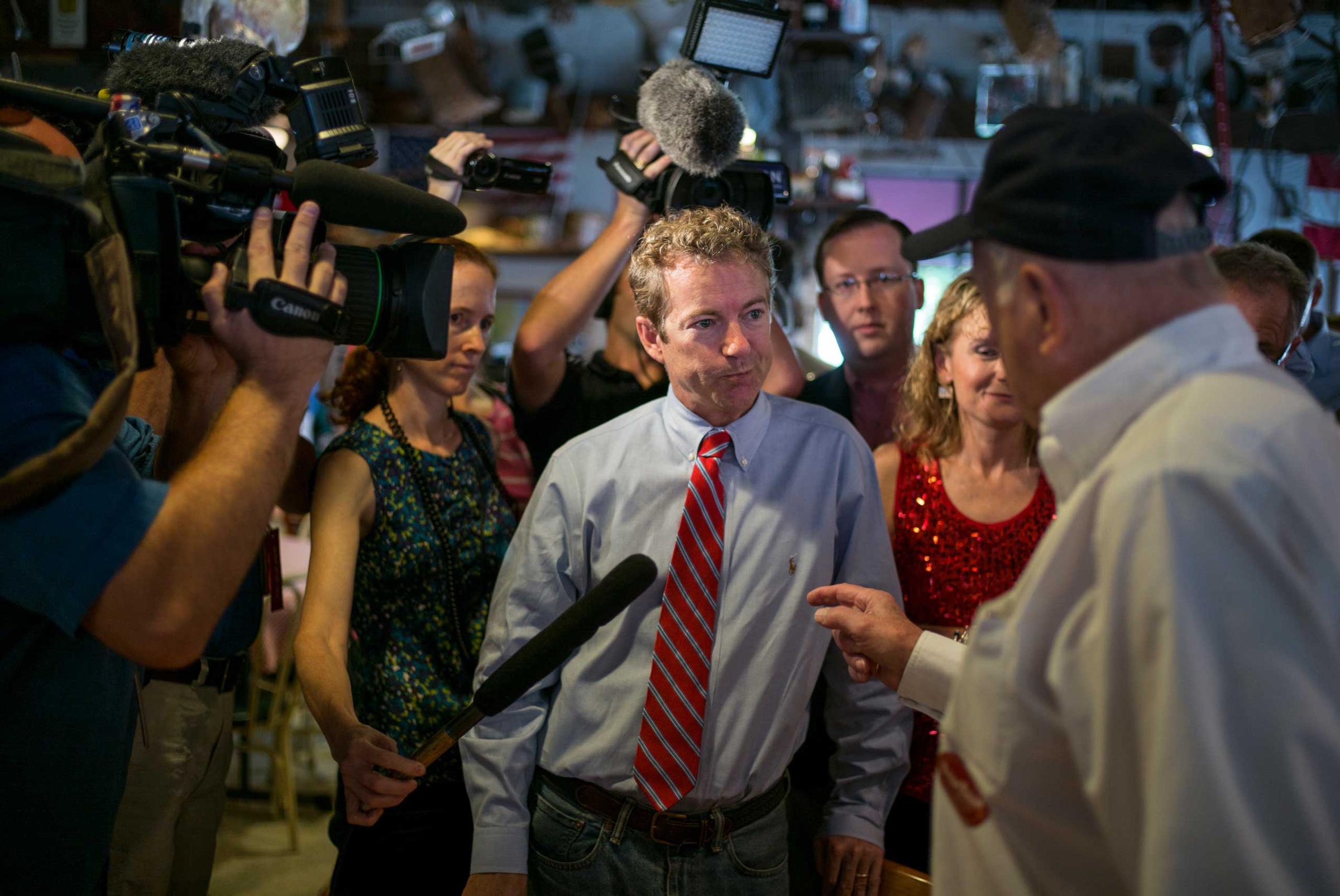



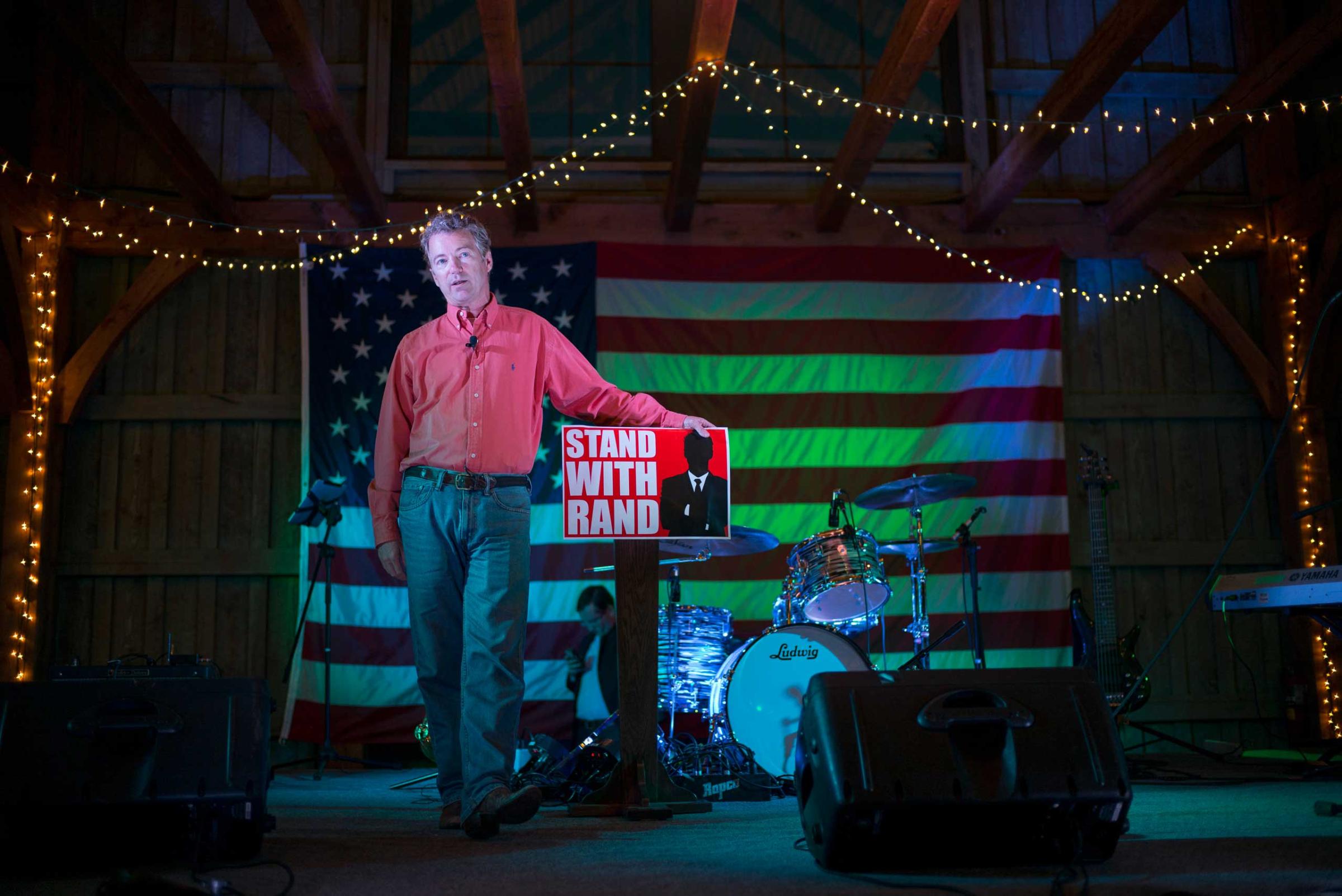

That libertarian revival manifested itself in several ways. Sales of books like Atlas Shrugged and The Road to Serfdom soared. “Tea party” rallies against taxes, debt, bailouts, and Obamacare drew a million or more people to hundreds of protests. “Crony capitalism” became a target for people across the political spectrum. Marijuana legalization and marriage equality made rapid progress. More people than ever told Gallup in 2013 that the federal government has too much power.
In studies that David Kirby and I have published at the Cato Institute on “the libertarian vote,” we have found that only 2 to 4 percent of Americans say that they’re libertarian when asked. But 15 to 20 percent – 30 to 40 million Americans – hold libertarian views on a range of questions. The latest Gallup Governance Survey finds 24 percent of respondents falling into the libertarian quadrant, matching the number of conservatives and liberals and up from 17 percent in 2004 and 23 percent in 2008. And when asked in a Zogby poll if they would define themselves as “fiscally conservative and socially liberal, also known as libertarian,” fully 44 percent of respondents – 100 million Americans – accept the label. Those voters are not locked into either party, and politicians trying to attract the elusive “swing vote” should take a look at those who lean libertarian.
In two presidential campaigns, Rep. Ron Paul (R-TX) attracted hundreds of thousands of followers to his combination of antiwar, anti-spending, and sound-money (“End the Fed”) ideas, and showed them that these views were “libertarian.” Two national student organizations Students for Liberty and Young Americans for Liberty now take libertarian ideas to thousands of college campuses in the United States and well beyond.
Now his son, Rand Paul (R-KY), is generating headlines about the GOP’s libertarian wing and questions about libertarian ideas.
MORE Shhhh, Rand Paul: A Guide for Politicians on How Not to Talk to Women
In the past week alone Paul has joined Sen. Patrick Leahy (D-VT) to introduce legislation designed to limit the use of mandatory minimum sentencing laws, introduced along with Sen. Barbara Boxer (D-CA) a bill to encourage companies to “repatriate” overseas cash, proposed to audit the Federal Reserve, and found himself in the crosshairs when he questioned the need for compulsory vaccination laws.
Libertarianism, a belief in what Adam Smith called “the obvious and simple system of natural liberty,” is the core philosophy of America. The first colonists fled aristocratic Europe to find religious liberty, individualism, and economic opportunity. They declared their belief in life, liberty, and the pursuit of happiness. American history has been a struggle between liberty and power, between those who wanted to defend and extend the liberties guaranteed in the Constitution and those who wanted to make the United States more like the countries our ancestors left, with powerful and paternalistic government. Throughout our history, libertarian sentiments have been rekindled when the federal government has grown beyond what Americans will tolerate—such as the past few years.
Today, libertarians support policies based on these same principles – lower taxes, less regulation, protection of civil liberties, personal freedom, and a foreign policy based on a strong national defense and avoidance of foreign wars. In recent years libertarians have led the way in supporting marijuana legalization, gay marriage, gun rights, school choice, and restrictions on NSA surveillance of Americans, and in opposing policies ranging from Obamacare and Wall Street bailouts to the Iraq war.
Whether or not Rand Paul wins the presidency, one result of his campaign will be to help those tens of millions of libertarian-leaning Americans to discover that their political attitudes have a name, which will make for a stronger and more influential political faction.
In my book The Libertarian Mind I argue that the simple, timeless principles of the American Revolution—individual liberty, limited government, and free markets—are even more important in this world of instant communication, global markets, and unprecedented access to information than Jefferson or Madison could have imagined. Libertarianism is the framework for a future of freedom, growth, and progress, and it may be on the verge of a political breakout.
Read next: Watch 5 Elevator Pitches from 2016 GOP Contenders
More Must-Reads from TIME
- How the Electoral College Actually Works
- Your Vote Is Safe
- Mel Robbins Will Make You Do It
- Why Vinegar Is So Good for You
- The Surprising Health Benefits of Pain
- You Don’t Have to Dread the End of Daylight Saving
- The 20 Best Halloween TV Episodes of All Time
- Meet TIME's Newest Class of Next Generation Leaders
Contact us at letters@time.com